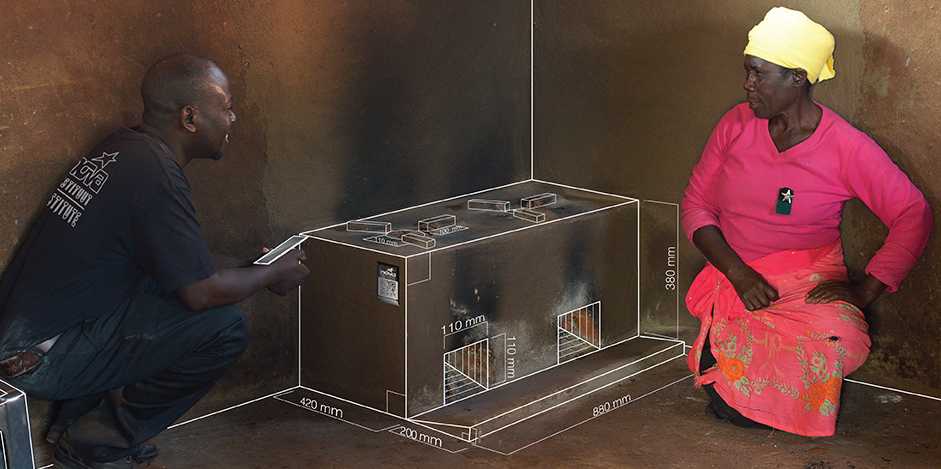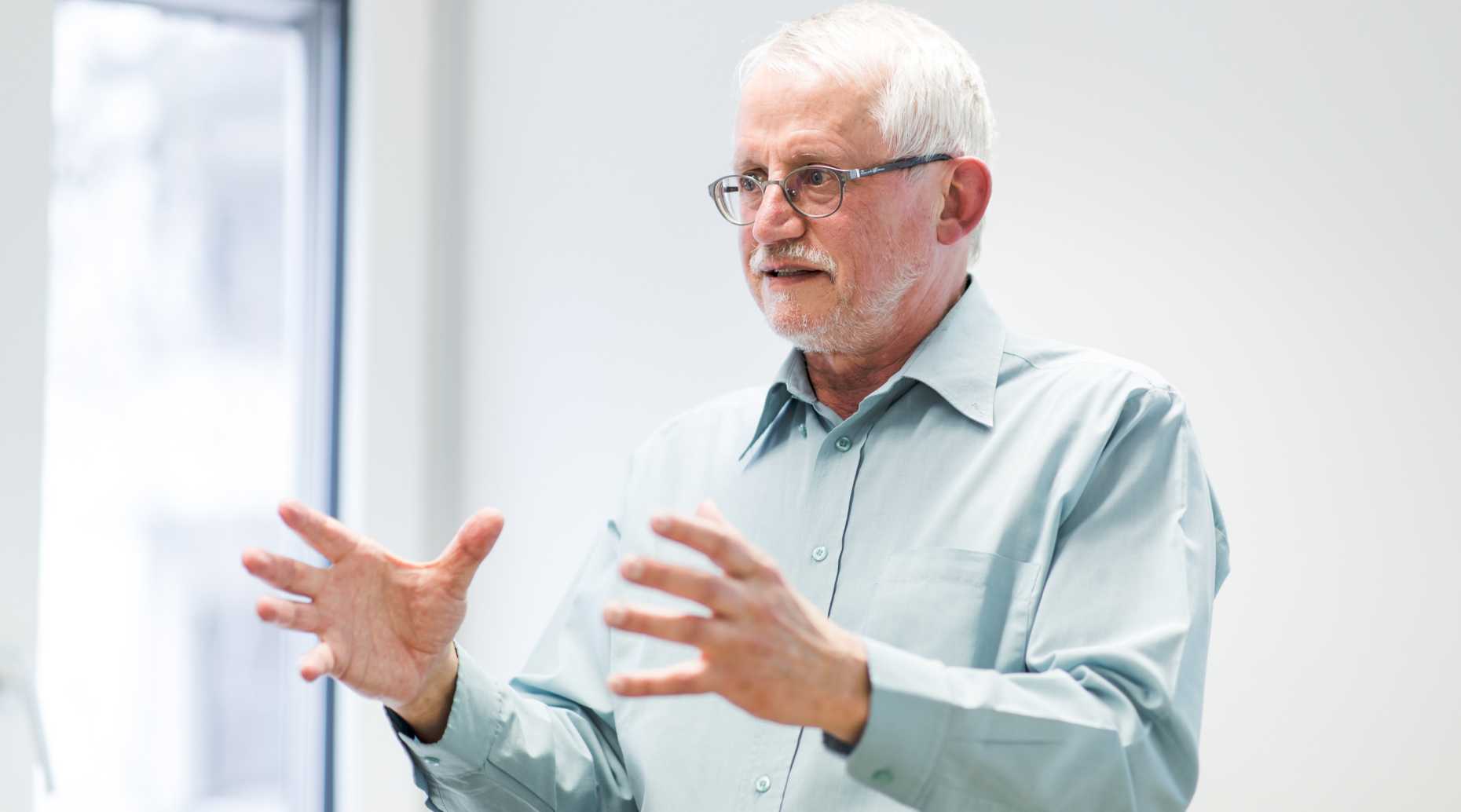With households: A trans-diciplinary approach
On 27 March 2018 Dr. Attie van Niekerk of the Nova Institute presented a colloquium on the topic: With households: A trans-diciplinary approach.
Overview
In the overview, it is explained how external page Nova has worked with residents of Molati, a rural village in the Limpopo province, to develop a more efficient cook stove for wood use in rural households, using a trans-disciplinary approach. More than 5 000 stoves has been built by residents of Molati and neighbouring villages, with the assistance of Nova. Planning is underway to expand the project in the whole region.
An overview is given of the trans-disciplinary approach and how it has worked in practice in this case. There is also more information on the following questions that were asked during the discussion:
- What are the levels of use of the stove?
- What did the reading of Heidegger contribute to, and what was the interaction between researchers in the trans-disciplinary process?
- What was the impact or the role of culture in the design process?
The Brickstar project

The Brickstar project is a good example of Nova’s idea of working with households.
Residents will only use any given technical solution to a problem such as unsustainable wood use when it functions within a domestic practice and has become part of the daily way of living. That can only be achieved if the household members develop such a solution themselves, and that does not happen if we, as people from outside the community, work with the households to design a tailor-made solution.
In 2010, when Nova started to develop a more efficient cook stove for wood use in rural areas, we took note of a large number of stoves that were produced and sold worldwide. We selected six stoves that were representative of the most important available models, and asked a group of about twenty residents of Molati, a rural village in the Limpopo province, to use and evaluate the stoves. They did that, and it appeared that none of the stoves complied with their requirements.
Somewhere during Nova and the group’s discussions of the pros and cons of each stove the idea started to emerge in the group that they can build a stove for themselves according to their own requirements, using materials that are locally available (e.g. cow dung, clay and water) and skills that people use regularly to build their own homes. That is an important moment in co-creating a solution: when the residents "see" the idea of something, in this case an improved stove, as a possibility for themselves, so that they begin to design ways in which this idea could work in their context. When that happens, it is an indication to us that we are on the right track.
We designed the stove together, providing technical guidance from our side. Initially, five different prototypes of the locally built stove were designed together and implemented in different households. These were then tested and developed towards a final prototype that forms part of a domestic practice. This milepost was achieved after two years, towards the end of 2011.
In 2012 - 2014, we focused on developing a business plan. That involved a lot of work: to qualify for generating Gold Standard carbon credits we had to develop ways to monitor the continued used of the stove in the future and ways to measure the savings in wood and the reduction of the emission of greenhouse gasses. We performed various tests such as a water-boiling test and a kitchen performance test. We experiment with alternative materials for building the stove. We had to ensure quality control during implementation and during the life cycle of the stove. We experimented, with some households, in mini-pilot projects in order to find ways to take the project to thousands of households, in order to determine who will do what, who will pay for what, etc. We had to determine what it would cost in order to develop a business case and a business plan.
We discovered that most the first group of 40 households continued to use the open fire, because the three-legged cast iron pot remains popular. After the stove was modified so that the three-legged cast iron pot could be placed on it, the usage-rate improved and the use of the open fire was almost completely phased out among people who have a stove.
In this way, Nova and the households worked together to design a stove that is well integrated into the dynamics of the local households and to develop ways to take this stove to scale. That started in 2015, and after some complications were sorted out, the process has been running smoothly.
By early 2018 the stove has been taken to more than 5 000 households, not by selling stoves as products, but by community projects where people were assisted to build their own stoves, use them and maintain them on their own.
Up to this point, we have been funded by way of grants from Kerk in Actie, an office of the Protestant Church in the Netherlands, and EEP. To take it to a larger scale a different type of funding is needed, and we are developing and evaluating a model to do so in 2018 and 2019.
An overview of the talk, as well as further reflection on some of the questions that were asked during the discussion, can be found Download here (PDF, 1.1 MB).
